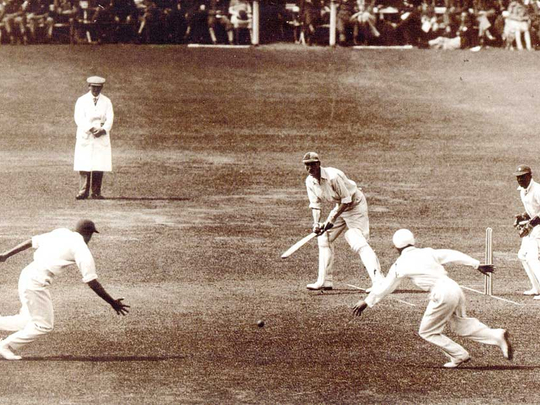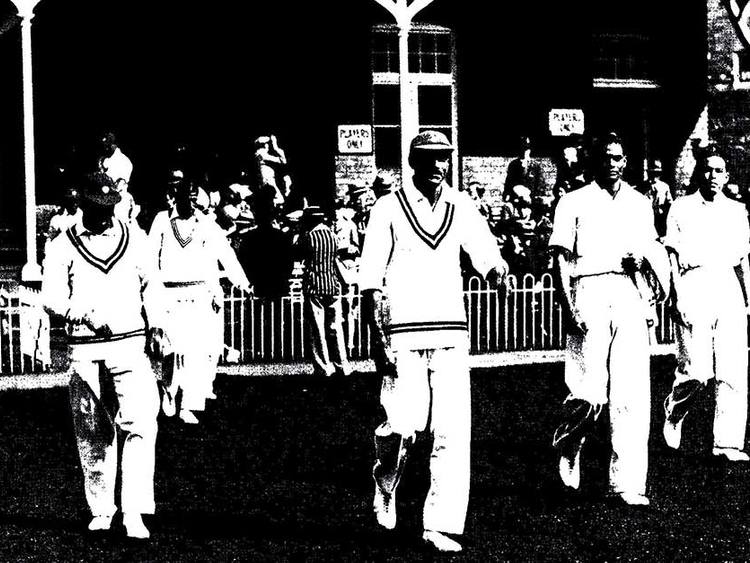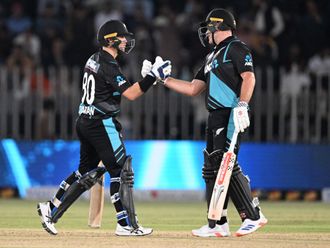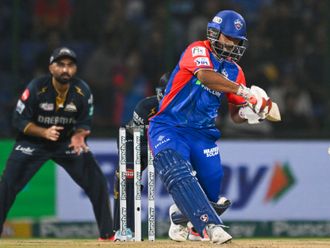
London: India’s international debut at Lord’s on 25 June 1932 was in every way sensational. In front of a 24,000-strong crowd at cricket’s Mecca, India had England reduced to 19/3 in the first hour of play, thanks to some excellent bowling and fielding. It was a clear statement that the colony was there to compete.
The performance, which came as a surprise to many, was a testimony to the progress of the game in India and was indicative of the future of cricket in the country. Though the English won convincingly in the end, the Indians had done enough to merit a return visit from the MCC a year later, the first official Test tour on Indian soil.
If this was on the field, the turn of events backstage was no less fascinating. It was, quite simply, sensational stuff, packed with intrigue and rivalry, pride and guile, twists and turns, and a dramatic finale culminating in C.K. Nayudu going out to toss with Douglas Jardine at Lord’s.
The Indian team for the Lord’s Test, which had aroused much interest, was thus reported by the London Times, ‘We still play cricket in India. Political rough houses, communal riots, Congress hartals, Bengal terrorists, and the 10 per cent cut in pay have all done their best to queer the pitch for us, but the game goes on.
The Delhi Police may be having three sharp rounds with a rioting crowd in the Chandni Chowk, the crowded bazaar of the old city, but a mile or two away on the club ground set in the gardens that 400 years ago Shah Jehan built for his princess, a Roshanara side will be playing the Punjab Wanderers or an Army team from New Cantonments will be fielding in the white sunlight.…”
And keeping up to the billing the Indians under Nayudu shocked the English in the first half-hour itself at Lord’s. The Birmingham Post wrote: ‘The All India cricket team has administered a few shocks to the dignity and confidence of England today. If there were among the 24,000 spectators at Lord’s some who imagined that the granting of a Test match by the MCC to the tourists from the Indian empire was merely an amiable concession, then they had a very rude awakening before the close of play …
‘It was an extraordinary start to the match. Sutcliffe and Holmes, Yorkshire’s record smashing opening pair, united in a similar manner under the banner of England, went out full of cool confidence … But the first ball of Nissar’s second over … was an inswinger and Sutcliffe, playing with the edge instead of the middle of the bat, diverted it into the wicket — and one of England’s greatest batsmen was out …
‘The disappointment was redoubled and revived when the last ball of the same over, a delivery perfect in flight, length and pace, sent Holmes’ off stump spinning through the air, while the batsman was only half way through the stroke … Woolley and Hammond were now together …
‘When he [Woolley] had got 9 in twenty minutes, he played a ball from Nissar to a point between short leg and mid-on. The stroke was worth a comfortable single and no more, but for some extraordinary reason an attempt was made to secure two runs. The fielder, the blue turbaned Lall Singh, threw in rather wildly, but even so the wicketkeeper had time to gather it and remove the bails while Woolley was still several feet from home. The wicket was thrown away by wild calling, and three men were out for 19 …’
Though India eventually lost the match by 158 runs, the courage and grit shown at Lord’s clearly conveyed to the world that the Indians, in little time, would carve out a niche in the world of cricket.
The credibility the Indians had raked up on tour duly paid dividends when the Marylebone Cricket Club, taken by India’s impressive Test debut at Lord’s in 1932, sent a competent team to India in the winter of 1933. Most significant was that Douglas Jardine, born in India and master of Bodyline, was chosen leader of the party.
— The writer is a researcher, journalist and an author













